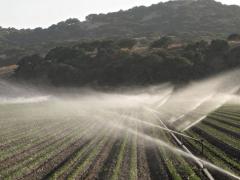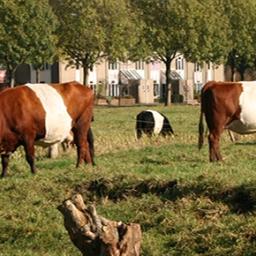Losses of Ammonia and Nitrate from Agriculture and Their Effect on Nitrogen Recovery in the European Union and the United States between 1900 and 2050
Historical trends and levels of nitrogen (N) budgets and emissions to air and water in the European Union and the United States are markedly different. Agro-environmental policy approaches also differ, with emphasis on voluntary or incentive-based schemes in the United States versus a more regulatory approach in the European Union.
This paper explores the implications of these differences for attaining long-term policy targets for air and water quality. Nutrient surplus problems were more severe in the European Union than in the United States during the 1970s and 1980s. The EU Nitrates and National Emission Ceilings directives contributed to decreases in fertilizer use, N surplus, and ammonia (NH3) emissions, whereas in the United States they stabilized, although NH3 emissions are still increasing. These differences were analyzed using statistical data for 1900–2005 and the global IMAGE model. IMAGE projections for the IAASTD-baseline scenario indicate that N loading to the environment in 2050 will be similar to current levels. In the United States, environmental N loads will remain substantially smaller than in the European Union, whereas agricultural production in 2050 in the United States will increase by 30% relative to 2005, as compared with an increase of 8% in the European Union.
Authors
Specifications
- Publication title
- Losses of Ammonia and Nitrate from Agriculture and Their Effect on Nitrogen Recovery in the European Union and the United States between 1900 and 2050
- Publication date
- 9 January 2015
- Publication type
- Publication
- Magazine
- Journal of Environmental Quality
- Product number
- 1670




